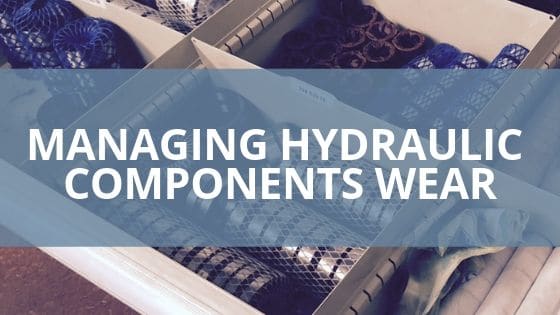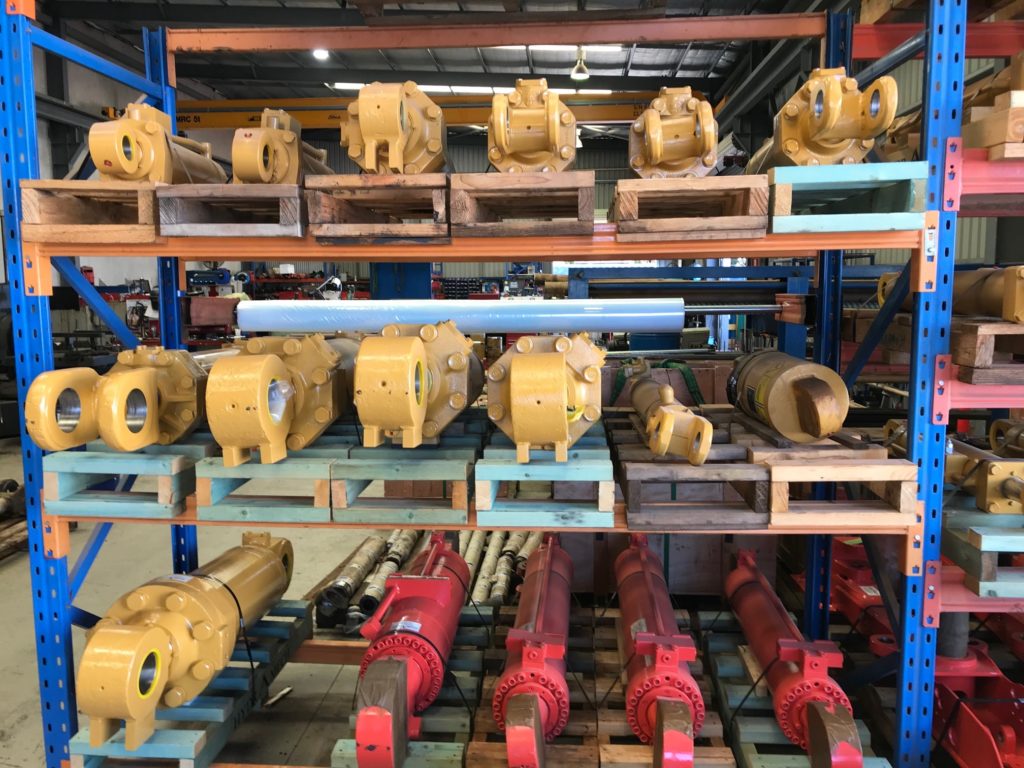Hydraulics operate under enormous amounts of pressure. Due to a combination of factors, these components will wear over time, creating serious problems and potential risks.
Repairing or replacing worn hydraulic components can be a costly and timely process, affecting your productivity. By acknowledging that these components will be exhausted throughout their life by high-pressure hydraulic solutions and other factors, you can effectively manage and prevent any issues.
Causes of Component Wear
Contamination: The contamination of lubrication by water can cause problems corrosion of the bore, loss of fluid power and wear to equipment.
Abrasion: Friction between component surfaces from loss of lubrication triggers loss of particles into the hydraulic fluid.
Erosion: Hydraulic fluid with contaminants can damage seals and bores eroding hydraulic component surfaces, affecting distancing in delicate machinery.
Adhesion: Component surfaces can transfer materials onto one another when heated by friction.
Cavitation: When vapor or air bubbles form and collapse near metal surfaces within the hydraulic fluid, they cause damage to that surface.
Fatigue: Fatigued hydraulic bearings and gears can crack and break off into the solution.
Corrosion: The chemicals in hydraulic fluids can corrode metal surfaces within hydraulic components, such as pumps and valves, especially in the presence of water.
Identification of Wear
In hydraulic hoses, valves, and components, it’s up to the team and supervisors to monitor the output and condition of machinery to determine if it is being affected by wear. Some key signs to look out for include:
- Components creeping or not holding position.
- Performance drop
- Noises, visible defects, unusual odours, or leaks of any kind
- Formation of sediments
- Abnormal events of any kind
Solutions
Equipment users should be able to identify the initial signs of wear through physical or machine-assisted means. The complete regular system checks to ensure safety and minimise the costs and downtime caused by component wear and imminent failure.
The common forms of wear outlined above can affect many different components, such as cylinders, valves and hoses within your hydraulic machinery. Wear is not avoidable but complete failure/heavy damage is. Keep your oil clean, and watch for any performance issues with the machine. By doing so you can extend the service lifeof your hydraulic components, and decrease your operating costs.
Hydramech’s team and extensive range of precision machining equipment make them the first choice when you require cylinder precision machining and fabrication tasks including cylinder refurbish, repair, rebuild, exchange and sales.




